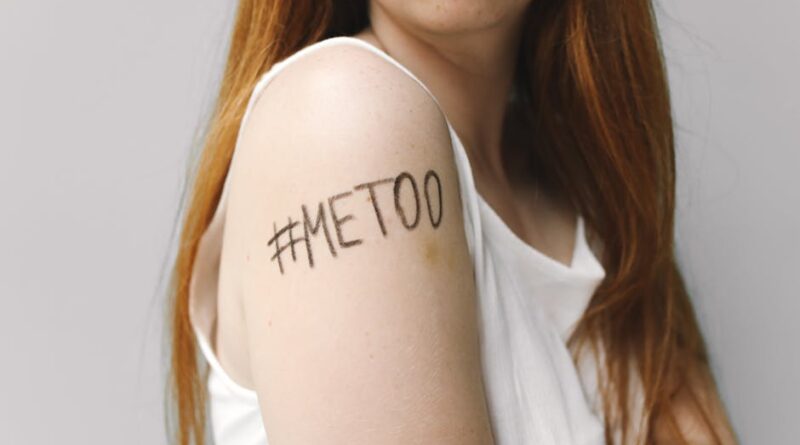The Power of Social Change Movements
In a world where injustice, inequality, and discrimination are still prevalent, social change movements play a crucial role in challenging the status quo, advocating for marginalized communities, and driving meaningful transformation. These movements have the power to mobilize individuals, spark conversations, influence policies, and ultimately shape the course of history. From the Civil Rights Movement to the #MeToo Movement, the impact of social change movements cannot be underestimated. But what exactly makes these movements so powerful? How do they ignite change and inspire collective action? Let’s delve deeper into the dynamics and complexities of social change movements, exploring their history, strategies, and impact on society.
The History of Social Change Movements
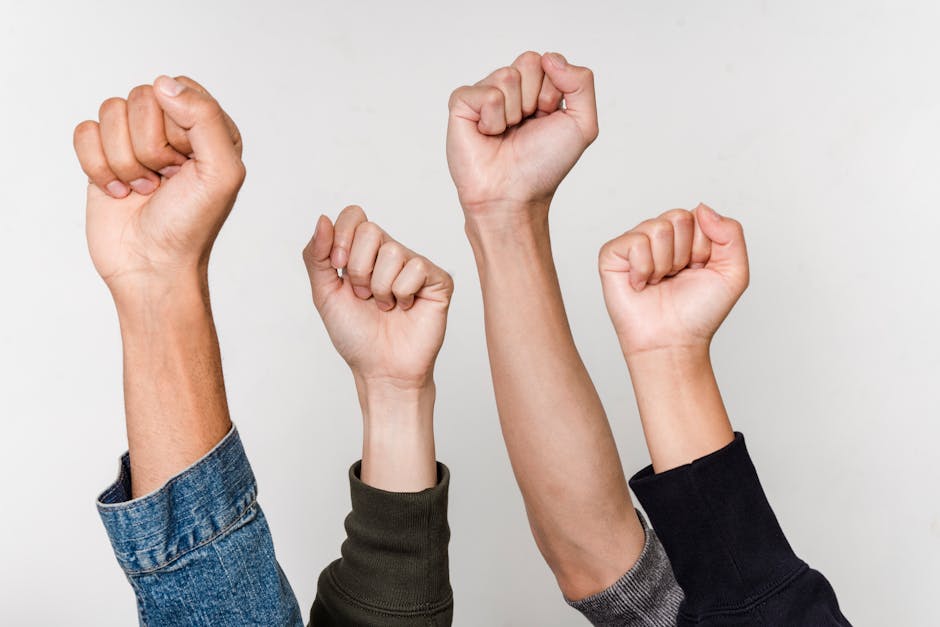
Social change movements have a rich and diverse history that dates back centuries. From the abolitionist movement in the 19th century to the feminist movement in the 20th century, various movements have emerged to address pressing social issues and advocate for justice and equality. These movements have often been driven by grassroots activism, with ordinary individuals coming together to fight against oppression and discrimination.
One of the most iconic social change movements in history is the Civil Rights Movement in the United States. Led by figures such as Martin Luther King Jr. and Rosa Parks, the Civil Rights Movement aimed to end racial segregation and secure equal rights for African Americans. Through nonviolent protests, sit-ins, and marches, activists challenged discriminatory laws and policies, ultimately leading to the passage of landmark civil rights legislation like the Civil Rights Act of 1964 and the Voting Rights Act of 1965.
Another significant social change movement is the LGBTQ+ rights movement, which has fought for the rights and acceptance of lesbian, gay, bisexual, transgender, and queer individuals. From the Stonewall Riots in 1969 to the legalization of same-sex marriage in various countries, the LGBTQ+ rights movement has made significant strides in advancing equality and challenging societal norms.
The Dynamics of Social Change Movements
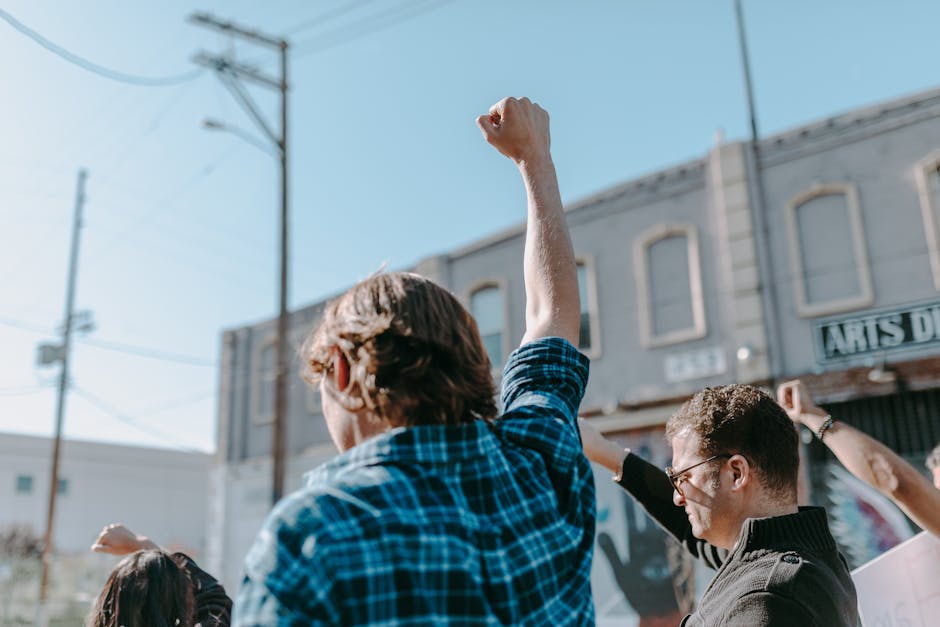
Social change movements are driven by a diverse range of factors, including grassroots activism, community organizing, strategic communication, and digital mobilization. These movements often rely on a combination of tactics, such as protests, petitions, boycotts, and social media campaigns, to raise awareness, build momentum, and effect change.
One key element of social change movements is the power of storytelling. By sharing personal narratives, testimonies, and lived experiences, activists can humanize social issues, build empathy, and foster solidarity among supporters. Through storytelling, social change movements can create a compelling narrative that resonates with a wider audience and motivates people to take action.
In addition to storytelling, social change movements often leverage the power of social media to amplify their message and reach a broader audience. Platforms like Twitter, Facebook, and Instagram have become powerful tools for organizing protests, spreading awareness, and mobilizing supporters. Hashtags like #BlackLivesMatter, #MeToo, and #ClimateStrike have gone viral, sparking global conversations and driving social change on a massive scale.
Impact of Social Change Movements
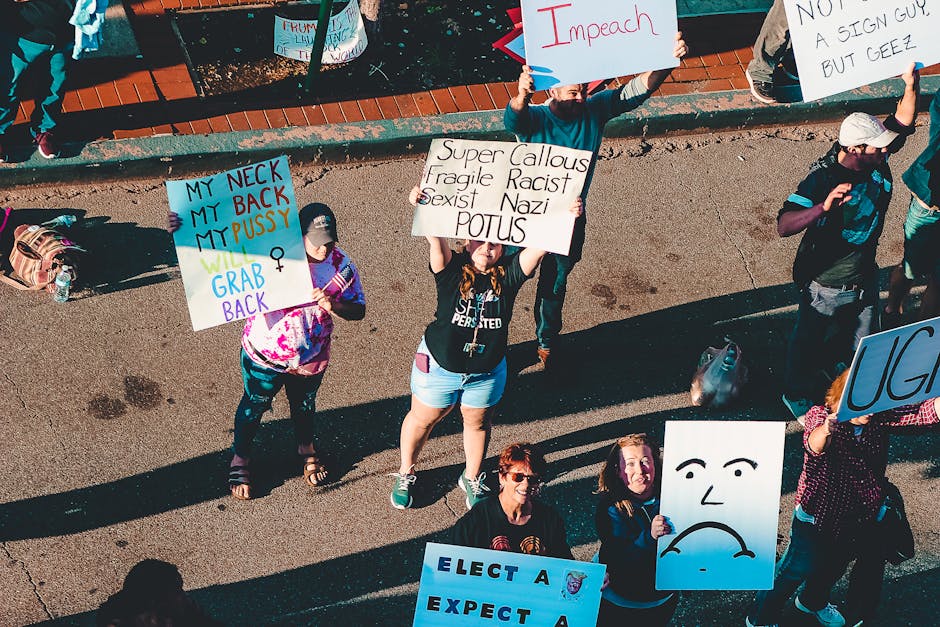
The impact of social change movements can be profound and far-reaching, affecting not only individuals but also institutions, policies, and societal norms. These movements have the potential to bring about legislative changes, shift public attitudes, and catalyze cultural shifts that pave the way for a more just and equitable society.
One notable example of the impact of social change movements is the #BlackLivesMatter movement, which emerged in response to police brutality and systemic racism in the United States. Through protests, community organizing, and advocacy efforts, the movement has raised awareness about racial injustice, sparked a national dialogue on race relations, and pushed for police reform and accountability.
Similarly, the #MeToo movement has had a transformative impact on how society views and responds to sexual harassment and assault. By sharing their stories of abuse and harassment, survivors have brought attention to the pervasive nature of gender-based violence and demanded accountability from perpetrators. The #MeToo movement has led to the ousting of powerful individuals in various industries and prompted organizations to implement policies to prevent and address sexual misconduct.
Challenges and Controversies
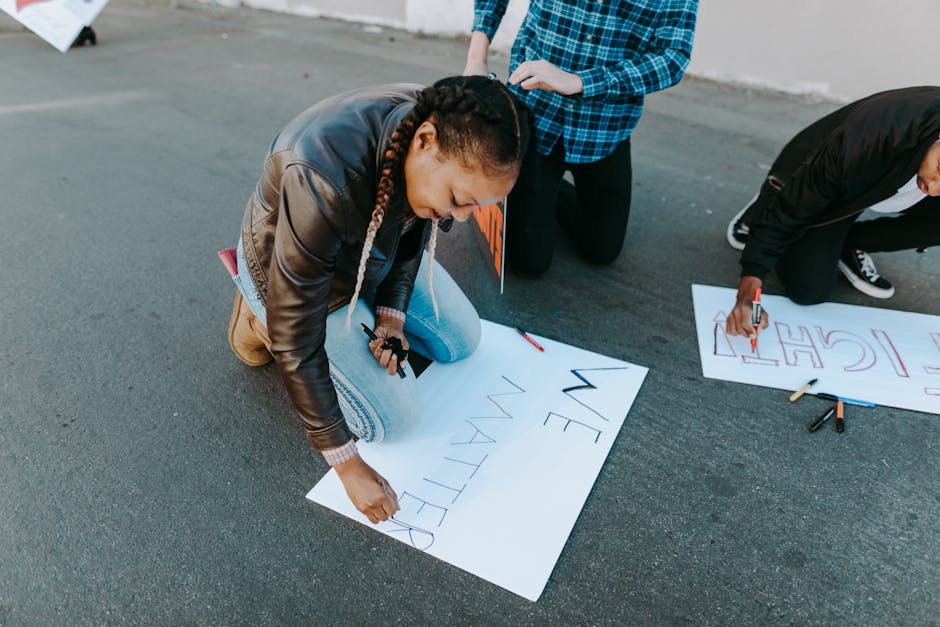
While social change movements have the potential to create meaningful change, they also face challenges and controversies that can hinder their progress. One of the key challenges is resistance from those in power who may seek to maintain the status quo and suppress dissenting voices. In some cases, activists and organizers may face backlash, intimidation, or even violence for their advocacy work.
Another challenge is the issue of inclusivity and diversity within social change movements. While these movements strive to be inclusive and intersectional, they may struggle to address the needs and perspectives of marginalized communities within their own ranks. It is essential for social change movements to prioritize diversity, equity, and inclusion to ensure that all voices are heard and represented.
The Future of Social Change Movements
As we look to the future, social change movements will continue to play a crucial role in addressing systemic issues, advocating for social justice, and holding institutions accountable. With the rise of digital activism and online organizing, social change movements will have new tools and platforms to amplify their message, reach a broader audience, and mobilize supporters.
One emerging trend in social change movements is the emphasis on intersectionality, which recognizes the interconnected nature of social identities and systems of oppression. By centering the experiences of individuals who face multiple forms of discrimination, intersectional movements can build solidarity across diverse communities and work towards collective liberation.
Common Misconceptions
One common misconception about social change movements is that they are inherently divisive or confrontational. While social change movements may challenge the status quo and disrupt existing power structures, their ultimate goal is to create a more just and equitable society for all. By shining a light on systemic injustices and advocating for marginalized communities, social change movements seek to bring about positive change that benefits everyone.
Conclusion
In conclusion, social change movements have the power to inspire, mobilize, and effect transformative change in society. From the Civil Rights Movement to the #MeToo Movement, these movements have shaped history, challenged norms, and pushed for a more equitable world. As we continue to confront pressing social issues and work towards justice and equality, social change movements will remain a vital force for progress and social change.
Remember, each of us has the power to be a part of a social change movement, whether by raising awareness, supporting grassroots organizations, or advocating for policy changes. Together, we can create a more just and inclusive world for all.

